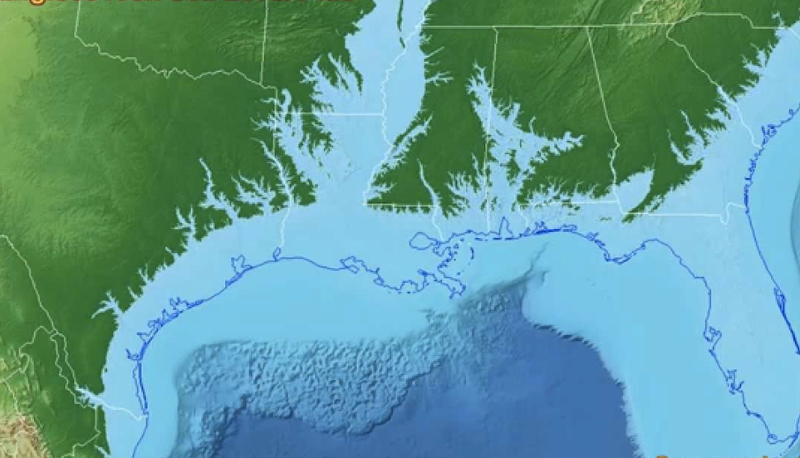Increasing sea levels have been affecting the Gulf Coast area of Florida and the Southwest, and are a threat to the ecosystems that make the area so unique. Some of the impacts on the area include increased odds of floods, human health and wildlife.
Impacts on human health
Coastal communities in the United States are vulnerable to the impacts of rising sea levels. These impacts will vary by region. For instance, low-lying developed areas will be most vulnerable to the effects of sea level rise.
These coastal factors pose a threat to human well-being and public safety. They also threaten coastal economies and property values. They affect tourism and recreation, agriculture, and infrastructure.
Sea level rise is expected to increase flooding. Coastal communities may be at increased risk for food security issues due to saltwater intrusion. It may also impact the health of residents and their access to health care. It could also cause higher mosquito densities, which could lead to greater transmission of infectious diseases.
Some coastal communities are already experiencing effects of sea level rise, such as Miami Beach, shown in Figure 8.3. The increase in salinity will be a major concern for estuarine systems, as well as coastal aquifers. Agricultural productivity may also be affected. Coastal communities will need to upgrade their flood defenses.
Impacts on coastal wetlands
Coastal wetlands are important habitat for wildlife, provide flood control, and protect against coastal erosion. They also serve as a natural carbon sink. However, coastal wetlands are at risk from sea level rise. There is a growing concern about the impacts of rising sea levels on coastal wetlands, but the magnitude of the damage is unknown.
Sea level rise can inundate coastal wetlands, resulting in loss of these important ecosystems. The sea level is expected to rise gradually over the coming decades. The impact of this rise is predicted to reach as much as 24,000 square kilometers of land. However, this estimate does not take into account the potential loss of wetlands in the newly inundated areas.
Sea level rise can also transform coastal wetlands into open water. Salt marshes, seagrass beds, and mangroves are known as “blue carbon” ecosystems because they remove carbon dioxide from the air. These ecosystems are a critical part of the fight against climate change.
Increased odds of a flood in South Florida
Coastal areas throughout South Florida have been drenched in warnings about the increase in the risk of flooding due to rising sea levels. In fact, the odds of a flood hitting a four-foot high tide by 2050 are more than 15 percent. However, these figures are still well short of the intermediate-high NOAA standard that calls for 17 inches of sea rise by 2040.
A new report released by NOAA in February outlines a range of potential sea level rise scenarios. For the most part, the predictions are less extreme than earlier atmospheric modeling runs. However, the seas are still expected to rise, and South Florida isn’t ready.
The National Oceanic and Atmospheric Administration is responsible for producing these projections, and the new report is based on readings from a tidal gauge in Key West. However, the report also includes a plethora of other data, such as topography, wind speeds, and other features onshore.
The report shows that the global average sea level has risen about three inches since 1992. However, the best estimates for South Florida are more than five inches. This means that more than half of the state’s population lives within four feet of the high tide line. The odds of a hurricane hitting the area during a high tide are about three times higher than they were fifteen years ago.
